This June the Supreme Court issued it’s opinion in Myriad. In a Solomonish move, the Court split the baby of biotech. Here, all nine members of the Court chose to cleave at a point between isolated DNA being ineligible subject matter on the one hand, and complimentary DNA (cDNA) being eligible on the other.
Without belaboring the point too much, isolated DNA is just that: a portion of a DNA molecule isolated from its natural environment in a cell. Generally, this is a very specific portion of the genome encoding a particular gene or genes. DNA, however, includes long portions that don’t code for proteins. These segments may be removed to yield a modified DNA strand that only has the active, coding portions of molecule. This “refined” version is cDNA and exists nowhere in nature.
In effect, the Court put levels of human manipulation on a spectrum and drew a line, albeit a bit fuzzy, that separates patent eligible DNA based inventions from those that are not. According to the Court, isolating DNA is not enough of a transformation to be patentable, but removal of introns to yield cDNA is. The problem is that “isolated” DNA doesn’t exist in nature either. Further, the requirement of a specific utility for the DNA sequence claimed already limits the scope of inventions to those isolated sequences with a known usefulness.
An Alternative Approach
The line drawn between isolated DNA and cDNA is an arbitrary one that, while allowing more uses of the genes for basic research, arguably still protects the most valuable components of genetic tests. I believe Section 101 is a very broad declaration of patent eligibility and limiting it in an arbitrary way is not helpful. Stronger application of obviousness to prevent the patenting of known elements would improve things without creating an unpredictable regime with little basis in the statute.


